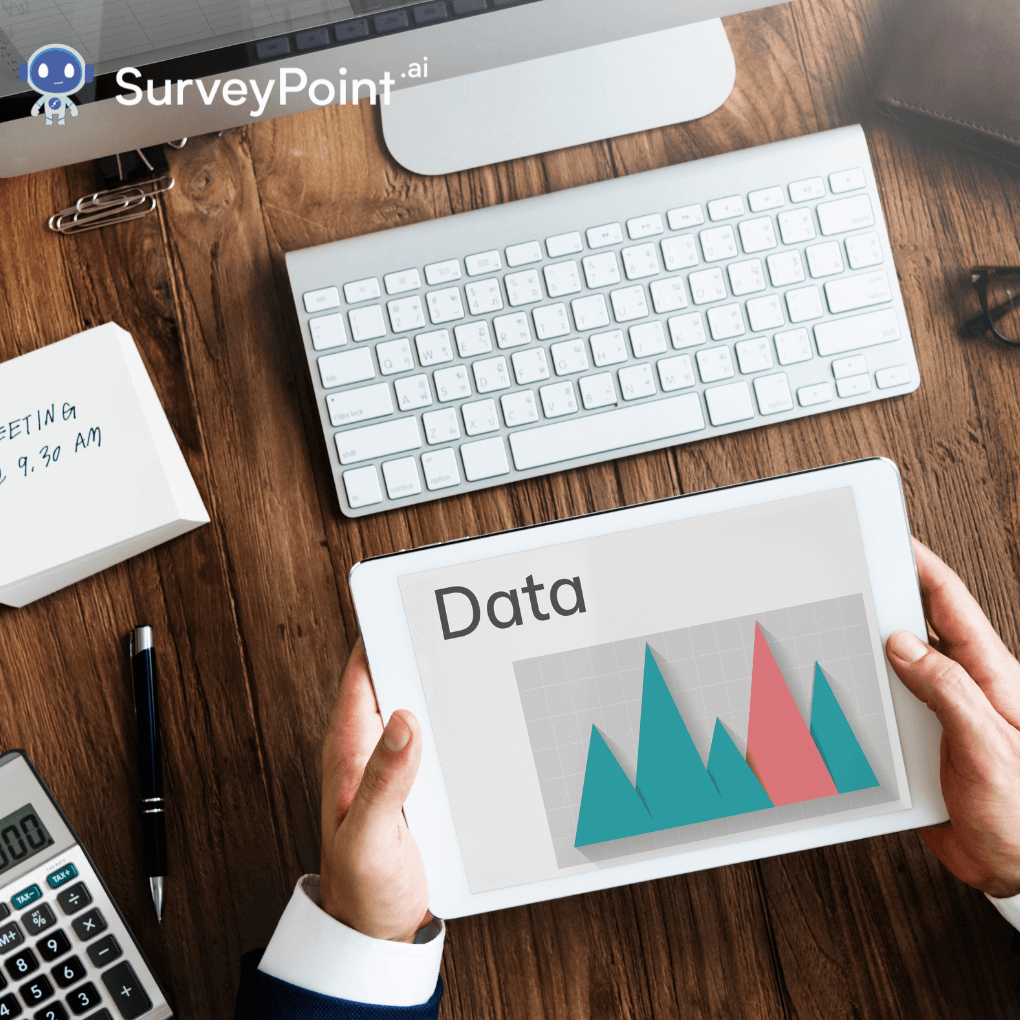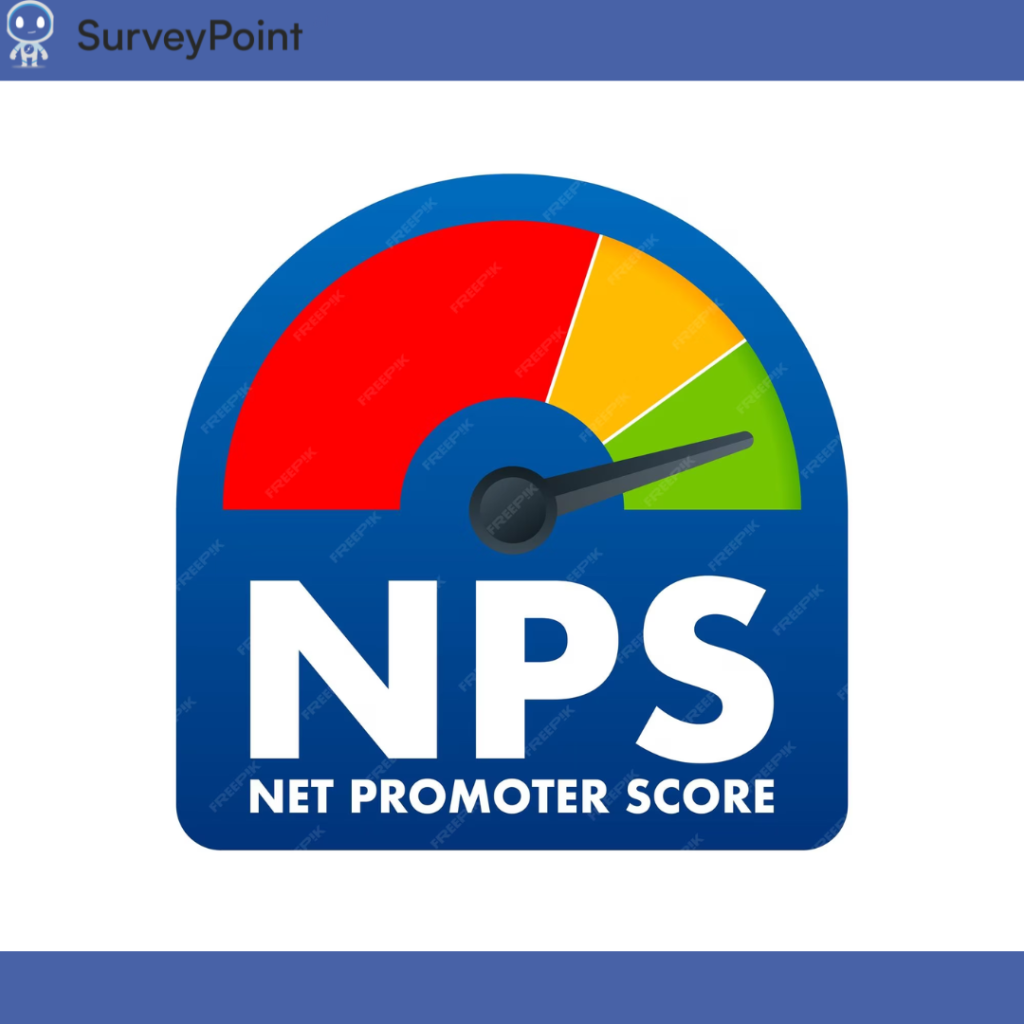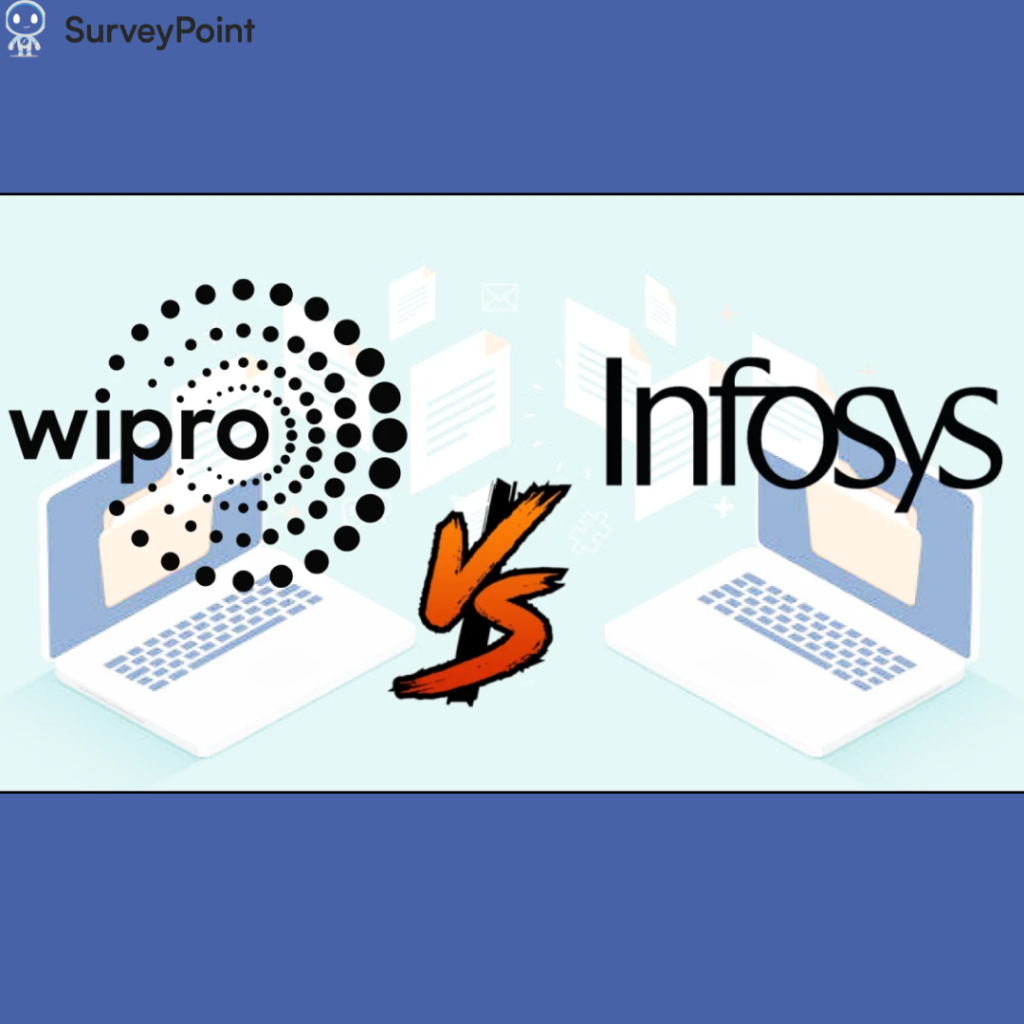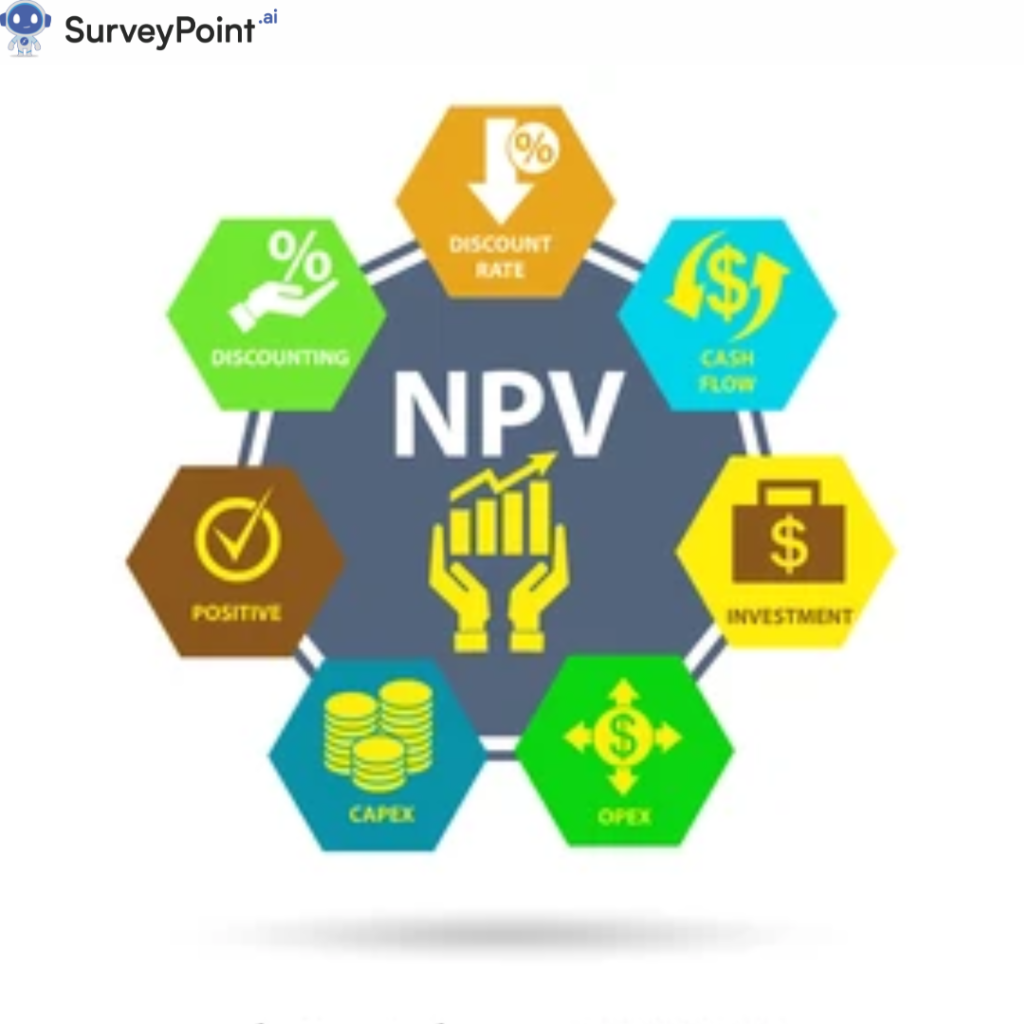
In today’s data-driven world, businesses have access to vast amounts of data. However, the real challenge lies in extracting valuable insights from this data to drive decision-making and strategy. This is where data mining comes into play. Data mining involves analyzing large datasets to identify patterns, trends, and relationships that can inform business strategies and improve operations. In this blog, we will explore essential data mining tools that can help businesses leverage their data for maximum benefit.
What is Data Mining?
Data mining is the process of discovering patterns and knowledge from large amounts of data. The data sources can include databases, data warehouses, the internet, and other data repositories. The key concepts in data mining include:
- Association: Identifying relationships between variables in large datasets.
- Classification: Assigning items in a dataset to predefined categories or classes.
- Clustering: Grouping a set of objects in such a way that objects in the same group are more similar to each other than to those in other groups.
- Regression: Predicting a continuous-valued attribute based on other variables.
- Anomaly Detection: Identifying unusual data records that might indicate a rare event.
Data mining has evolved over the years, from manual analysis of data to the use of sophisticated algorithms and tools that can handle large-scale data efficiently.
Why Data Mining is Crucial for Businesses
Data mining offers numerous benefits for businesses, including:
- Improved Decision-Making: By analyzing data, businesses can make informed decisions based on trends and patterns.
- Enhanced Customer Insights: Data mining helps businesses understand customer behavior, preferences, and needs, leading to better-targeted marketing efforts.
- Increased Efficiency: Identifying inefficiencies and areas for improvement can streamline operations and reduce costs.
- Competitive Advantage: Businesses that leverage data mining effectively can gain a competitive edge by staying ahead of market trends and customer needs.
Real-World Examples and Case Studies:
- Retail: A retail company used data mining to analyze customer purchase data and discovered that customers who bought baby products also frequently bought beer. This insight led to strategic placement of these products together, increasing sales.
- Finance: Banks use data mining to detect fraudulent transactions by identifying patterns and anomalies in transaction data.
- Healthcare: Data mining helps in predicting disease outbreaks and patient outcomes, leading to better healthcare management.
Top Data Mining Tools for Businesses
When selecting data mining tools, consider factors such as ease of use, scalability, integration capabilities, and the specific needs of your business.
Here are some of the top data mining tools:
- RapidMiner
- KNIME
- Weka
- Orange
- SAS Data Mining
- IBM SPSS Modeler
Detailed Analysis of Essential Data Mining Tools
1. RapidMiner
Features:
- Comprehensive suite for data preparation, machine learning, and predictive analytics.
- Drag-and-drop interface for easy use.
- Supports integration with various data sources and platforms.
Pros:
- User-friendly interface.
- Wide range of functionalities.
- Strong community support.
Cons:
- Can be resource-intensive.
- Some advanced features may require coding knowledge.
2. KNIME
Features:
- Open-source platform for data analytics, reporting, and integration.
- Modular data pipelining concept.
- Extensive library of pre-built components.
Pros:
- Highly customizable.
- Supports integration with various tools and languages.
- Strong open-source community.
Cons:
- Steeper learning curve for beginners.
- Can become complex for large-scale projects.
3. Weka
Features:
- Collection of machine learning algorithms for data mining tasks.
- Graphical user interface for ease of use.
- Support for various data preprocessing and visualization techniques.
Pros:
- Easy to use for beginners.
- Extensive documentation and tutorials.
- Open-source and free.
Cons:
- Limited scalability for very large datasets.
- Interface can be outdated.
4. Orange
Features:
- Open-source data visualization and analysis tool.
- Visual programming interface with drag-and-drop widgets.
- Supports scripting in Python.
Pros:
- Intuitive interface suitable for beginners.
- Strong focus on data visualization.
- Active development and support community.
Cons:
- Limited advanced analytics features.
- Can be slow with large datasets.
5. SAS Data Mining
Features:
- Comprehensive suite for advanced analytics and data management.
- Robust predictive modeling and machine learning capabilities.
- High scalability and integration with other SAS tools.
Pros:
- Highly reliable and scalable.
- Extensive support and documentation.
- Suitable for enterprise-level applications.
Cons:
- High cost.
- Requires training to use effectively.
6. IBM SPSS Modeler
Features:
- Visual data science and machine learning solution.
- Automated modeling and advanced analytics.
- Integration with various data sources and deployment environments.
Pros:
- User-friendly interface with visual workflows.
- Strong support for statistical analysis.
- Scalable for large datasets.
Cons:
- Expensive for small businesses.
- Requires training for advanced features.
Conclusion
Data mining is a powerful tool that can transform raw data into valuable insights, driving better decision-making and strategic planning for businesses. By selecting the right data mining tools, businesses can unlock the full potential of their data, gaining a competitive edge in their industry. Whether you’re a small business or a large enterprise, investing in data mining tools can lead to significant improvements in efficiency, customer satisfaction, and overall performance.
By understanding the features, pros, cons, and use cases of the top data mining tools, you can make an informed decision that aligns with your business goals and data strategy. Embrace the power of data mining and take your business to new heights.




